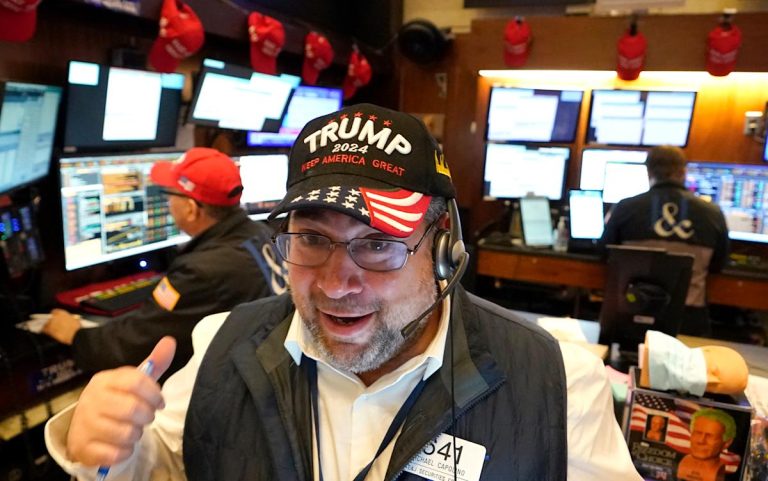India may turn out to be a beneficiary of global capital shifts as money begins to move out of the United States, according to Ruchir Sharma, Chairman of Rockefeller International. Sharma also said that the impact of the tariff war may not be as bad for India.
“I think it may not be as bad for a separate reason which I think economists don’t quite calculate,” he said in a conversation with Business Today Executive Director Rahul Kanwal. “All the capital in the world was just going to America this decade and if you look at the Indian market too or India in general, foreign capital inflows were pretty poor…Especially stock market flows had dried up over the last couple of years.”
Sharma noted that a weakening US dollar and declining enthusiasm for American assets may encourage foreign investors to turn back to emerging markets — including India. “India could attract greater capital flows over the next couple of years. Emerging markets in general could attract more and a weaker dollar is generally a more conducive environment for emerging markets and other countries in the world,” he added.
Indian equities, which were once viewed as overvalued by global investors, may now appear more attractive after recent corrections. “I think that there’s much greater interest (in the Indian stock market). If this environment continues where the capital slowly keeps coming out of America over the next few years, I think that this is a much better opportunity for emerging markets including India. And the fact that we’ve had a correction over the last 6 months, I think is a positive,” Sharma said.
Despite India’s higher valuations compared to other emerging markets, Sharma believes its depth and diversity stand out. “From a pure valuation standpoint, India is clearly more expensive, but the growth opportunity here is much greater because of the size and the diversity of the market. We still have more than 500 companies in India with a market cap of more than a billion dollars. That kind of diversity and depth you don’t find in any other emerging market,” he explained.
Addressing concerns over China attracting capital coming out of America, Sharma argued that the larger trend is about capital moving away from the US, not a zero-sum battle between India and China. “In general, the real place for where capital is going to come out is America. So don’t think of this as an India-China thing…Our market may almost become negatively correlated to the American market now,” he said.
He suggested that the belief that America alone would dominate innovation and attract investment is already being challenged. “We’ve seen massive flows into Europe this year. It was unthinkable to say 6 months ago that Europe could attract capital flows from America. Europe is the Silicon Valley of regulation, not of innovation — that was the common talk,” Sharma said.
The economist concluded by stressing the importance of the dollar as a signal for investment flows into India. “The single most important variable if you want to look at for capital flow is how much a foreigner is going to put into India, just look at the dollar exchange rate – that will tell you everything. And that’s something which I said like even in November that as long as the dollar was going up don’t expect capital flows to come to India. Now that the dollar has turned and it seems to me that this is a turn which is here to stay for a while to come, I think that we should expect more capital flows.”







